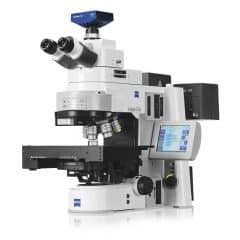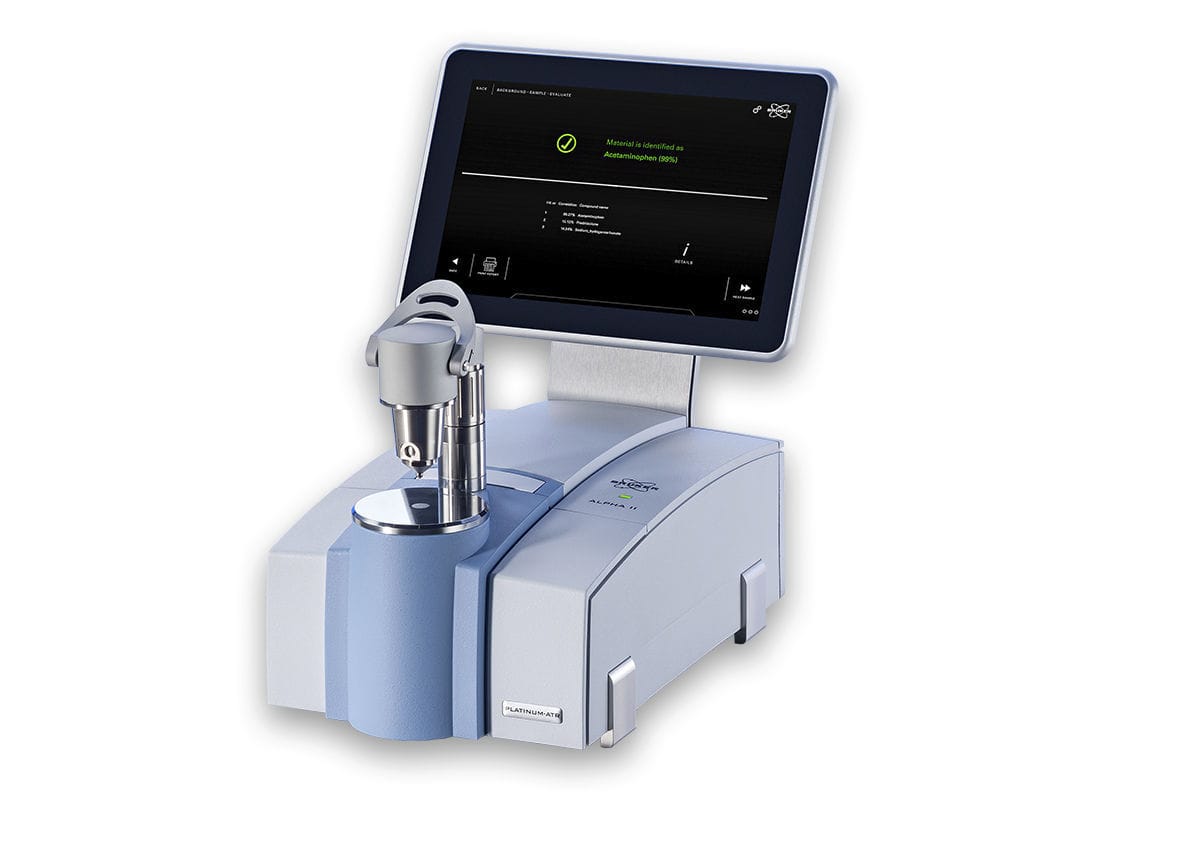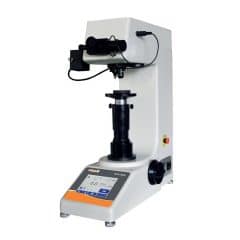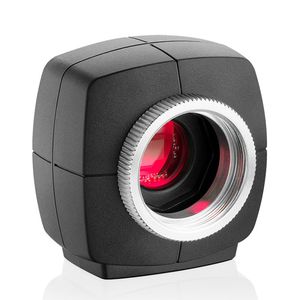It is vitally important to inspect what cannot be seen before a product is launched on the market. This includes peering into the hidden innards without destroying a product and measuring volume and surface thickness, whatever the material. Different metrology tools are available. But it can be a challenge to choose the right inspection equipment, especially since there are many manufacturers. We have produced several buying guides with tips and recommendations to help you choose the right product for your needs.
Hicham Dhouibi, Francesco D’Amore, Vincent Vilarrasa, Monica Hutchings, and Camille Rustici contributed to these buying guides.
DirectIndustry offers a free online buying guide service to advise you on what you need to know before you buy a product or request a quote. The goal is to give business leaders, industrial buyers, and decision-makers detailed descriptions, key criteria, standards, and prices of industrial products to facilitate your comparison of quotes and your choice of suppliers in order to make the right purchasing decision. Our buying guides are written by our professional journalists and in-house industry analysts in an independent and impartial way. None of the content is sponsored or promotional.

How to Choose the Right Microscope?

Microscopes are optical instruments that allow detailed observation of extremely small samples through a lens. They are used in particular for quality control (semiconductor processing, metallurgical analysis) but also in the laboratory (medical imaging, cell research).
There are two types of microscopes: optical microscopes and electron microscopes. We will only focus on optical microscopes.
- SHOULD YOU CHOOSE AN OPTICAL OR AN ELECTRON MICROSCOPE?
- WHAT TYPE OF OPTICAL MICROSCOPE SHOULD YOU CHOOSE?
- WHAT TYPE OF EYEPIECE SHOULD YOU CHOOSE?
- WHAT TYPE OF HEAD SHOULD YOU CHOOSE?
- HOW TO CHOOSE THE OBJECTIVE?
- WHAT ARE MICROSCOPES USED FOR?

How to Choose the Right Spectrometer?

A spectrometer is a measuring device that allows you to decompose and analyze the elementary components that make up the spectrum of a radiation or ion beam. For example, a spectrometer can be used to identify materials or molecules.
- HOW TO CHOOSE A SPECTROMETER?
- WHY CHOOSE AN INFRARED SPECTROMETER?
- WHY CHOOSE A UV/VIS SPECTROMETER?
- WHY CHOOSE AN ATOMIC ABSORPTION SPECTROMETER?
- WHY CHOOSE AN X-RAY SPECTROMETER?
- WHY CHOOSE AN X-RAY FLUORESCENCE SPECTROMETER?
- WHY CHOOSE A MAGNETIC RESONANCE SPECTROMETER?
- WHY CHOOSE A RAMAN SPECTROMETER?
- WHY CHOOSE A MASS SPECTROMETER?
- WHAT ARE SPECTROMETERS USED FOR?

How to Choose the Right Hardness Tester?

Hardness testers are used to determine the resistance of a material to deformation by means of a harder tool, most often a diamond cone or steel ball, which penetrates the surface of the material being tested. The hardness tester then measures the penetration depth of the tool and the impression left by the tool on the surface of the sample.
- HOW TO CHOOSE A HARDNESS TESTER?
- WHAT ARE THE DIFFERENT TYPES OF HARDNESS TESTERS?
- WHY CHOOSE A BRINELL HARDNESS TESTER?
- WHY CHOOSE A ROCKWELL HARDNESS TESTER?
- WHY CHOOSE A VICKERS HARDNESS TESTER?
- WHY CHOOSE A KNOOP HARDNESS TESTER?
- WHY CHOOSE AN ULTRASONIC HARDNESS TESTER?
- SHOULD I CHOOSE A BENCHTOP OR PORTABLE HARDNESS TESTER?

How to Choose the Right Machine Vision Camera?

Cameras are used to capture images of objects or locations being examined for a number of imaging applications such as machine vision or machine automation.
- HOW TO CHOOSE A MACHINE VISION CAMERA?
- WHAT IS THE AIM OF YOUR INSPECTION?
- WHICH SENSOR SHOULD YOU USE FOR YOUR CAMERA?
- WHEN SHOULD YOU CHOOSE A CCD SENSOR?
- WHEN SHOULD YOU CHOOSE A CMOS SENSOR?
- WHEN SHOULD YOU CHOOSE A MICROBOLOMETER SENSOR?
- WHEN SHOULD YOU CHOOSE A FPA SENSOR?
- WHICH COMMUNICATION INTERFACE SHOULD YOU USE?
- HOW MANY MEGAPIXELS DO YOU REALLY NEED?
- WHAT ARE THE MAIN APPLICATIONS OF A CAMERA FOR MACHINE VISION?
- WHAT LEVEL OF PERFORMANCE CAN YOU ACHIEVE WITH A CAMERA?
- WHAT IS A SMART CAMERA?
- TRENDS
![[BUYING GUIDES] Microscope, Spectrometer, Hardness Tester, Camera: How to Choose the Right Inspection Equipment?](/wp-content/uploads/sites/3/iStock-1346204874.jpg)






![Image [BUYING GUIDE] How to Choose the Right Laboratory Stirrer?](/wp-content/uploads/sites/3/lab-320x213.png)



